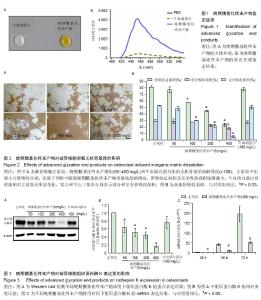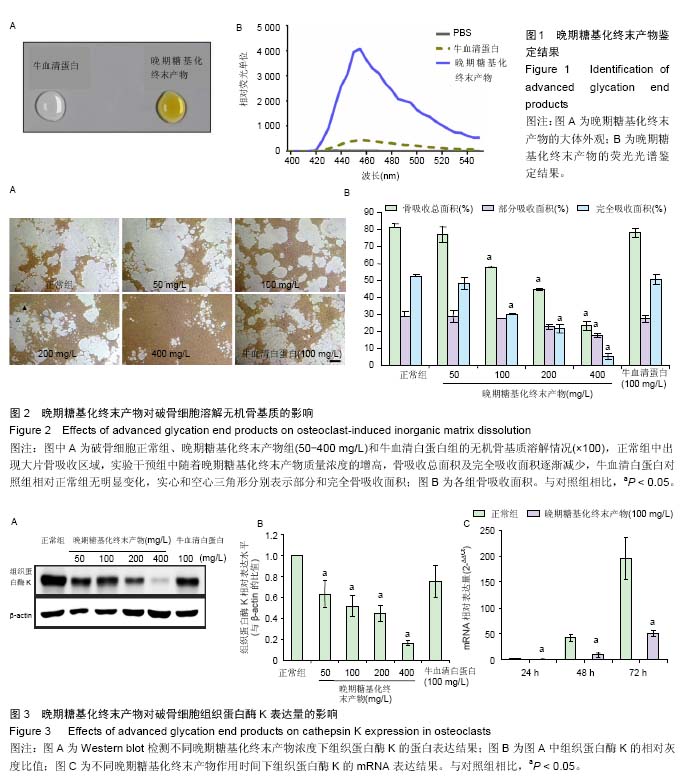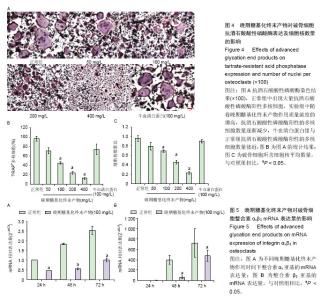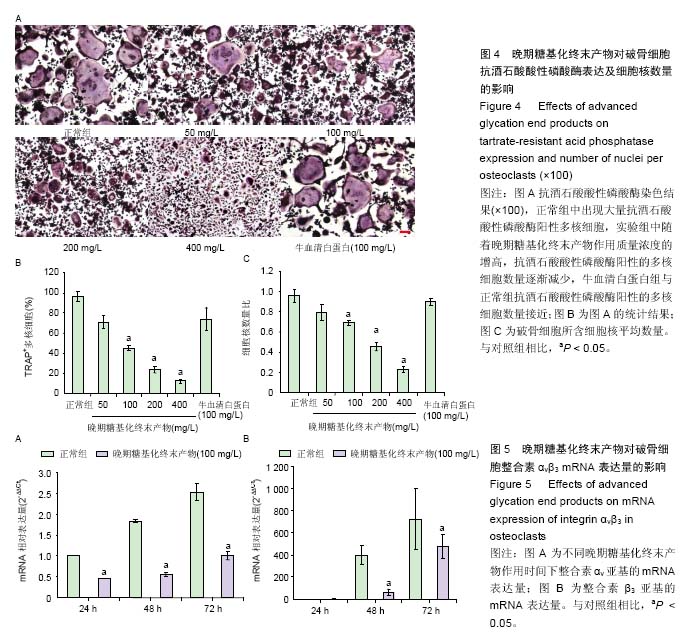| [1] 周后德,满晓朏,周智广.糖尿病对骨代谢的影响[J].中国医师杂志,2014,(2):156-160.
[2] 李晓宇,冯正平.糖尿病性骨质疏松发病机制的研究进展[J].中国骨质疏松杂志,2014,(5):580-583.
[3] de Paula FJ, Horowitz MC, Rosen CJ. Novel insights into the relationship between diabetes and osteoporosis. Diabetes Metab Res Rev. 2010;26(8): 622-630.
[4] Janghorbani M, Van Dam RM, Willett WC, et al. Systematic review of type 1 and type 2 diabetes mellitus and risk of fracture. Am J Epidemiol. 2007; 166(5):495-505.
[5] Oei L, Zillikens MC, Dehghan A, et al. High bone mineral density and fracture risk in type 2 diabetes as skeletal complications of inadequate glucose control: the Rotterdam Study. Diabetes Care. 2013;36(6):1619-1628.
[6] Shah VN, Shah CS, Snell-Bergeon JK. Type 1 diabetes and risk of fracture: meta-analysis and review of the literature. Diabet Med. 2015;32(9):1134-1142.
[7] Liu EY, Wactawski-Wende J, Donahue RP, et al. Does low bone mineral density start in post-teenage years in women with type 1 diabetes? Diabetes Care. 2003; 26(8):2365-2369.
[8] Sanguineti R, Puddu A, Mach F, et al. Advanced glycation end products play adverse proinflammatory activities in osteoporosis. Mediators Inflamm. 2014; 2014: 975872.
[9] Yamagishi S. Role of advanced glycation end products (AGEs) in osteoporosis in diabetes. Curr Drug Targets. 2011;12(14):2096-2102.
[10] Jackuliak P, Payer J. Osteoporosis, fractures, and diabetes. Int J Endocrinol. 2014;2014:820615.
[11] Franke S, Sommer M, Rüster C, et al. Advanced glycation end products induce cell cycle arrest and proinflammatory changes in osteoarthritic fibroblast-like synovial cells. Arthritis Res Ther. 2009; 11(5):R136.
[12] 李子卿,李朝红.代谢综合征与血管重塑研究现状[J].中国动脉硬化杂志,2009,17(12):1035-1037.
[13] Li Y, Liu S, Zhang Z, et al. RAGE mediates accelerated diabetic vein graft atherosclerosis induced by combined mechanical stress and AGEs via synergistic ERK activation. PLoS One. 2012;7(4):e35016.
[14] 丁志民,王珏,王东苗,等.晚期糖基化终末产物与炎症性骨破坏[J].口腔生物医学,2013,4(1):48-51.
[15] Peppa M, Uribarri J, Vlassara H. The role of advanced glycation end products in the development of atherosclerosis. Curr Diab Rep. 2004;4(1):31-36.
[16] McCabe L, Zhang J, Raehtz S. Understanding the skeletal pathology of type 1 and 2 diabetes mellitus. Crit Rev Eukaryot Gene Expr. 2011;21(2):187-206.
[17] Henriksen K, Bollerslev J, Everts V, et al. Osteoclast activity and subtypes as a function of physiology and pathology--implications for future treatments of osteoporosis. Endocr Rev. 2011;32(1):31-63.
[18] Dong XN, Qin A, Xu J, et al. In situ accumulation of advanced glycation endproducts (AGEs) in bone matrix and its correlation with osteoclastic bone resorption. Bone. 2011;49(2):174-183.
[19] Miyata T, Notoya K, Yoshida K, et al. Advanced glycation end products enhance osteoclast-induced bone resorption in cultured mouse unfractionated bone cells and in rats implanted subcutaneously with devitalized bone particles. J Am Soc Nephrol. 1997;8(2):260-270.
[20] Kawashima Y, Fritton JC, Yakar S, et al. Type 2 diabetic mice demonstrate slender long bones with increased fragility secondary to increased osteoclastogenesis. Bone. 2009;44(4):648-655.
[21] 蔡德鸿,陈宏,张桦,等.糖基化终末产物对破骨细胞骨吸收功能的影响[J].中华内分泌代谢杂志,2003,19(1):57-59.
[22] Valcourt U, Merle B, Gineyts E, et al. Non-enzymatic glycation of bone collagen modifies osteoclastic activity and differentiation. J Biol Chem. 2007;282(8):5691-5703.
[23] Ural A, Janeiro C, Karim L, et al. Association between non-enzymatic glycation, resorption, and microdamage in human tibial cortices. Osteoporos Int. 2015;26(3): 865-873.
[24] Boyle WJ, Simonet WS, Lacey DL. Osteoclast differentiation and activation. Nature. 2003;423(6937): 337-342.
[25] Väänänen K. Mechanism of osteoclast mediated bone resorption--rationale for the design of new therapeutics. Adv Drug Deliv Rev. 2005;57(7):959-971.
[26] Boyce BF, Rosenberg E, de Papp AE, et al. The osteoclast, bone remodelling and treatment of metabolic bone disease. Eur J Clin Invest. 2012;42(12): 1332-1341.
[27] Ross FP, Teitelbaum SL. alphavbeta3 and macrophage colony-stimulating factor: partners in osteoclast biology. Immunol Rev. 2005;208:88-105.
[28] Destaing O, Saltel F, Géminard JC, et al. Podosomes display actin turnover and dynamic self-organization in osteoclasts expressing actin-green fluorescent protein. Mol Biol Cell. 2003;14(2):407-416.
[29] Novack DV, Faccio R. Osteoclast motility: putting the brakes on bone resorption. Ageing Res Rev. 2011; 10(1): 54-61.
[30] Battaglino R, Kim D, Fu J, et al. c-myc is required for osteoclast differentiation. J Bone Miner Res. 2002; 17(5):763-773.
[31] Zou W, Bar-Shavit Z. Dual modulation of osteoclast differentiation by lipopolysaccharide. J Bone Miner Res. 2002;17(7):1211-1218.
[32] Bhatwadekar AD, Ghole VS. Rapid method for the preparation of an AGE-BSA standard calibrator using thermal glycation. J Clin Lab Anal. 2005;19(1):11-15.
[33] Merlotti D, Gennari L, Dotta F, et al. Mechanisms of impaired bone strength in type 1 and 2 diabetes. Nutr Metab Cardiovasc Dis. 2010;20(9):683-690.
[34] Hamann C, Kirschner S, Günther KP, et al. Bone, sweet bone--osteoporotic fractures in diabetes mellitus. Nat Rev Endocrinol. 2012;8(5):297-305.
[35] Yamagishi S, Nakamura K, Inoue H. Possible participation of advanced glycation end products in the pathogenesis of osteoporosis in diabetic patients. Med Hypotheses. 2005;65(6):1013-1015.
[36] 戴荣峰,金晖,孙子林.晚期糖基化终末产物与骨质疏松[J].中国骨质疏松杂志,2007,13(4):284-287.
[37] 杨力,程彦臻,蔡德鸿.晚期糖基化终末产物与糖尿病性骨质疏松[J].国际内分泌代谢杂志,2012,32(5):355-357. |



